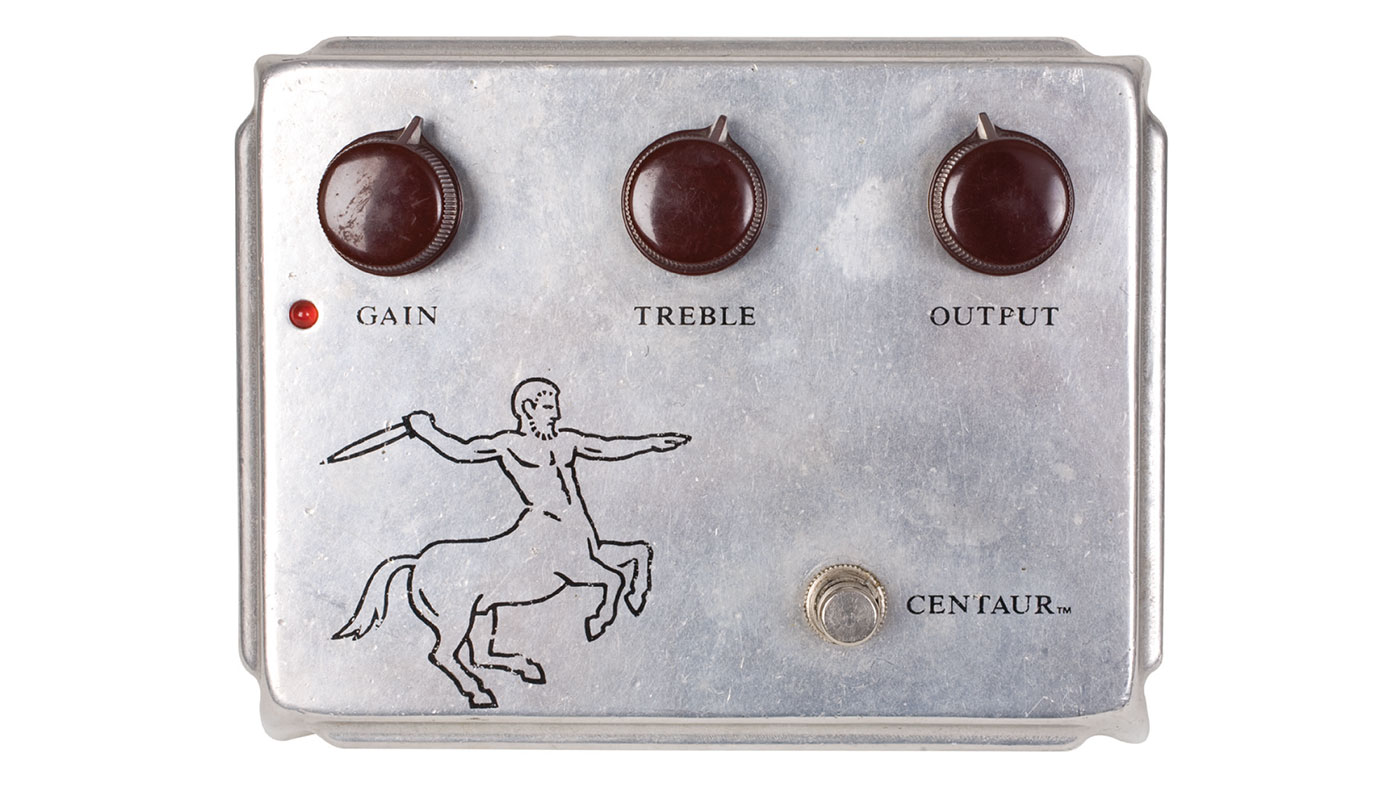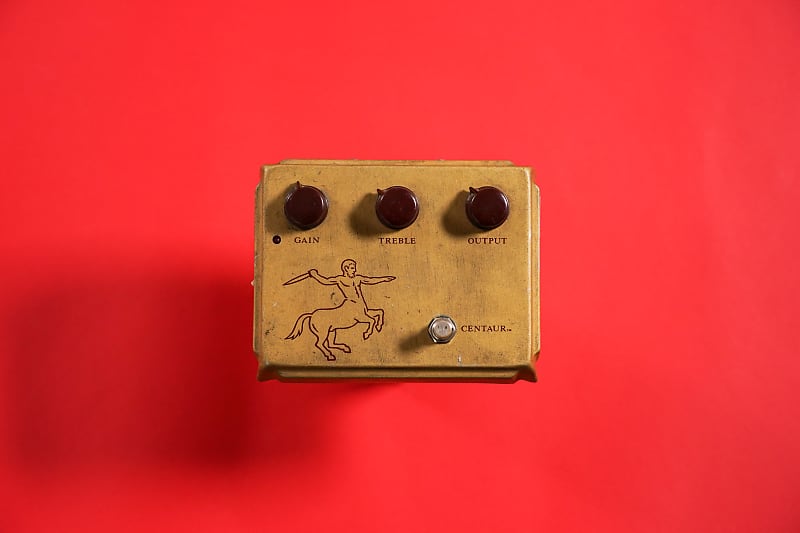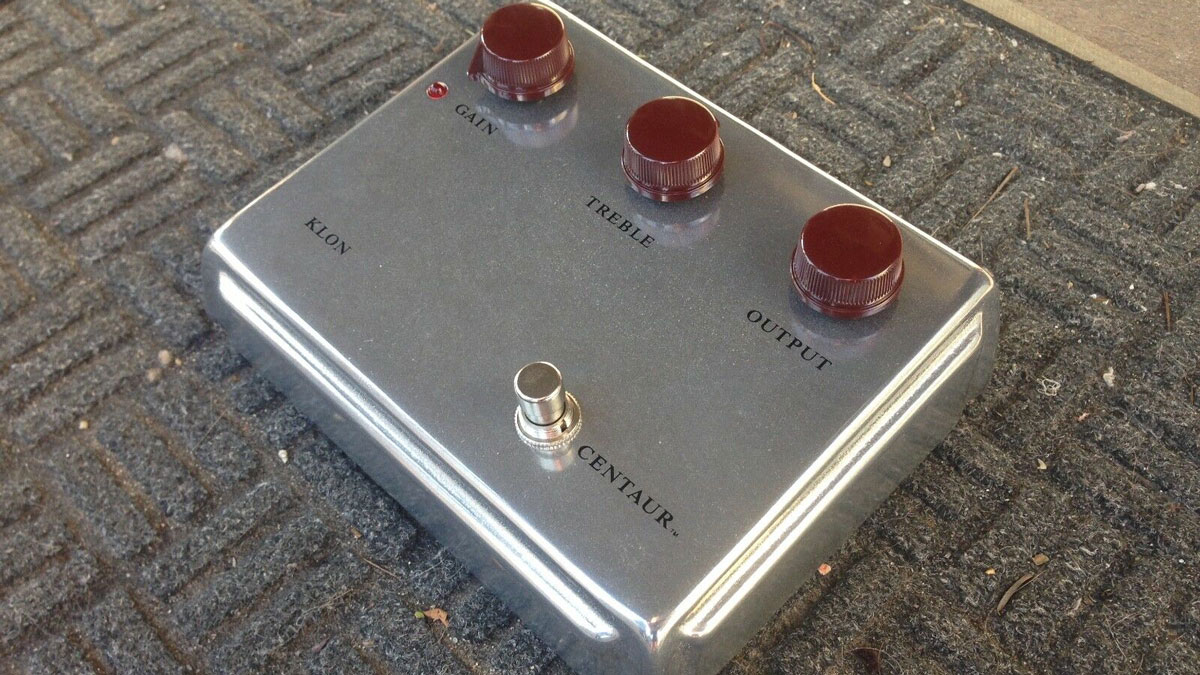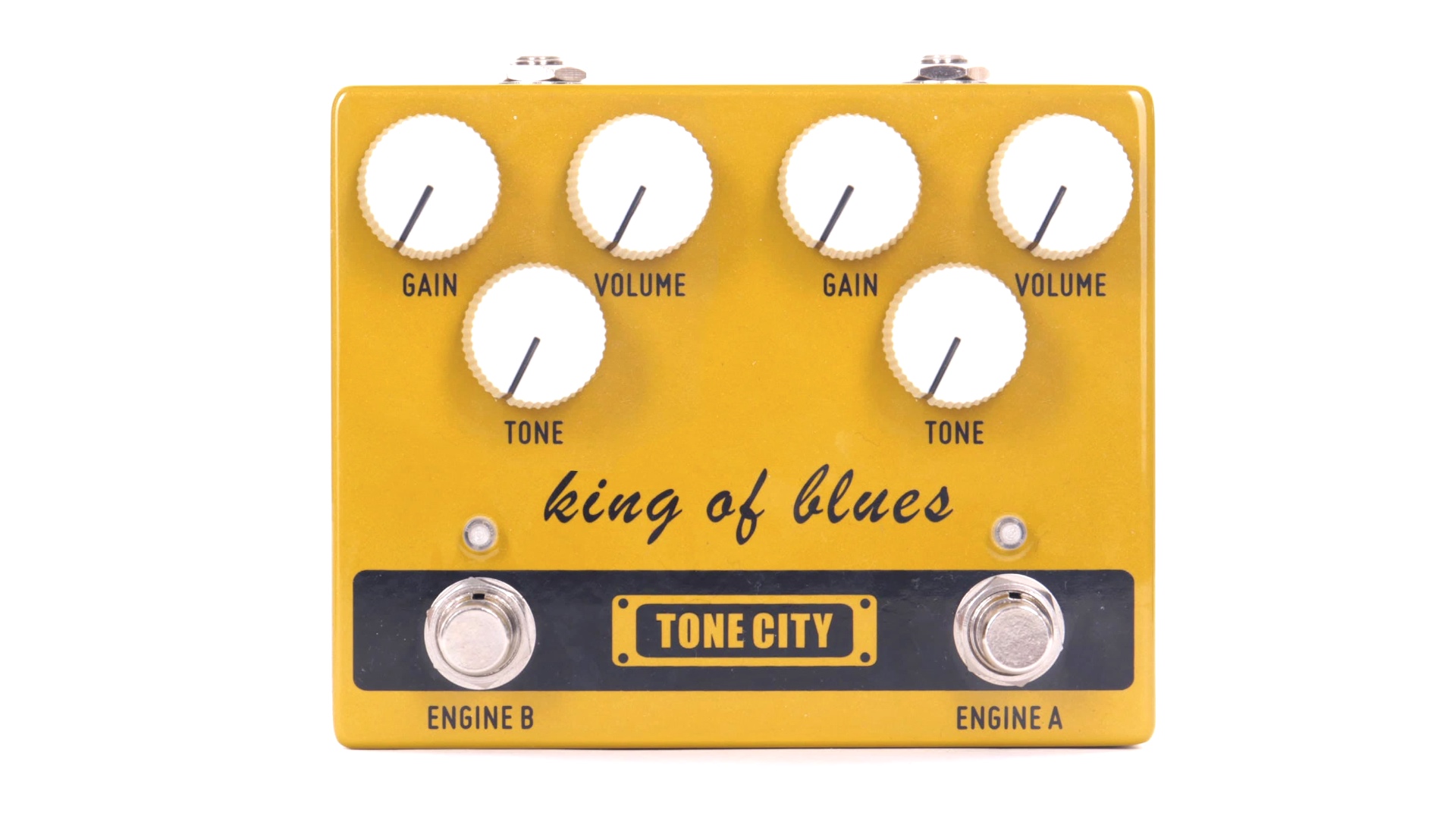The good news we learned from Klon designer Bill Finnegan's first YouTube livestream is that production KTR overdrive pedal will indeed be starting again.
“The bad news is that, literally just shy of 27 years of Klon production, I am coming down to the very end of my stock of the New Old Stock diodes that have been in all of these pedals since the beginning," Bill explains.
“I tried for years and years and years to find more of those damn things – I’ve seemingly exhausted every possibility – I just don’t think there are any more of them out there,” he adds. “So, going forward, KTRs are going to have different clipping diodes. I guess I should feel fortunate that the ones I bought back in the early-to-mid-’90s have lasted as long as they have.”


Fear not, Bill says he's worked with these new components to provide Klon consistency. “There are some modified values so that the overall result ends up sounding the same [as the original pedals].”
By his own admission, Bill is a "pretty private person" so it was great to see him putting himself out there for this livestream. He even shows the very first gold Klon Centaur he made and admitted he'd sell it for the right price.
In the video, the designer's fiend Matt used a mid '70s Gibson Explorer with a 1970 non-master Silverface Fender Twin to demo and compare three Klon pedals (two KTRs and a Centaur) with a switcher box and a looper to mute.

One of those KTR pedals is from the new production run and you can judge for yourself in the video above if there's a detectable difference. We're certainly impressed – if there's a difference we're not hearing it here.
Want all the hottest music and gear news, reviews, deals, features and more, direct to your inbox? Sign up here.
Bill still has limited NOS diode stocks but these will be prioritised for any Centaurs he produces in the future - sure to drive their prices even higher. Bill didn't confirm when the new KTRs will be released either. But we'd advise checking the Klon LLC YouTube channel and Instagram closely.
The influential designer did make a couple of points on both pedal comparison and design that are well worth players' consideration.

I've got bit of a problem in the way some people compare pedals
"I've got bit of a problem in the way some people compare pedals," Bill explains. "If you daisy chain them all together, if you're comparing several pedals, then hey, inevitably you're going to get different loading from one to the next. The one furthest upstream is going to be loaded differently than the one furthest downstream, so that's a problem I have with the way a lot of people run their comparisons.
"The other thing I would note in a real word circumstance is that all potentiometers have a tolerance," Bill continues. "Any production potentiometer, aside from crazy-expensive mil spec. Most commercial pots are plus and minus 20% [tolerance] so what that means is you could have a 10k linear pot which is the value of the treble and output controls on my units. And that 10k linear pot could be 8k or could be 12k and still be within that 20% tolerance.
"And the reason I mention that is that some people will test and say, 'Ok I'm going to do a real fair test and put everything at noon'. Well noon on one pot might get your a very different resistance than noon on another pot of the same value. So, again, I don't think that's good methodology. You really have to do it by ear and micro-adjust. The only way you can do it and really do a fair test is go inside your boxes and with voltmeter and get absolute equivalent resistances for your various controls."

True bypass, to my mind, is not the way to go
With that in mind, Bill micro-adjusted the three pedals by ear during the comparison demo for treble, gain and output.
Bill also talked about the true bypass Vs buffer pedal debate, and his thoughts should come to no surprise to anyone who knows his pedals. The KTR pedals in the demo are set in the Almost Always Better position (buffered, as opposed the Almost Always Worse bypass position) while the Centaur is always buffered because it doesn't have the true bypass option when the pedal is off.
"I'm a big believer in buffered output," Bill says. "It prevents high frequency content, that's originally there in your signal, from being deep-sixed by cable capacitance. And I think as time has gone on, certainly in all the years I've been doing Klon, I think a lot more people are hip to buffers now than they used to be. Many, many players used to just reflexively think that true bypass, that's the way to go.

8 cheap but great guitar overdrive pedal alternatives to boutique classics
"True bypass, to my mind, is not the way to go. Again, because of cable capacitance."
Bill also shows and demos the pristine-looking Klon Centaur 001 in the video; the first he ever made, and references the 002 unit that JHS Pedals' Josh Scott put up for sale (we think as a tongue in cheek statement on the crazy Klon market). And it looks like 001 might be available to the right buyer too…
"It's not here because I necessarily want to sell it," says Bill. "I've got expensive house repairs in my future and so if anyone wants to get all crazy and make a play for 001, you can e-mail me and we'll figure it out."

Rob is the Reviews Editor for GuitarWorld.com and MusicRadar guitars, so spends most of his waking hours (and beyond) thinking about and trying the latest gear while making sure our reviews team is giving you thorough and honest tests of it. He's worked for guitar mags and sites as a writer and editor for nearly 20 years but still winces at the thought of restringing anything with a Floyd Rose.